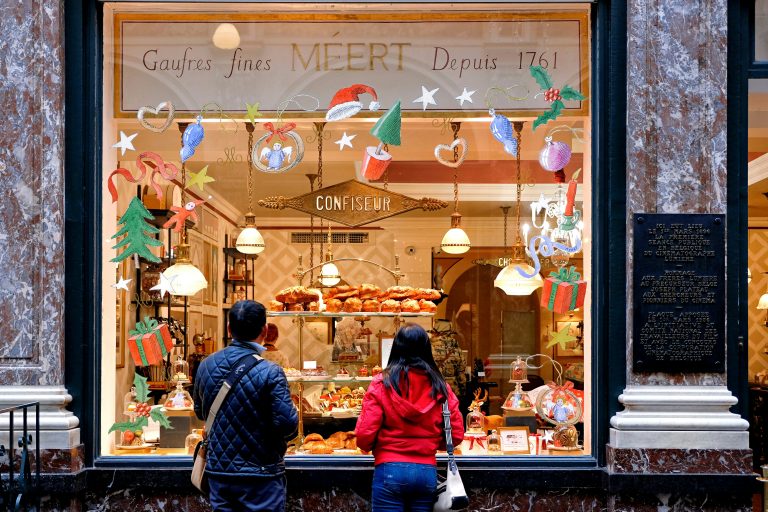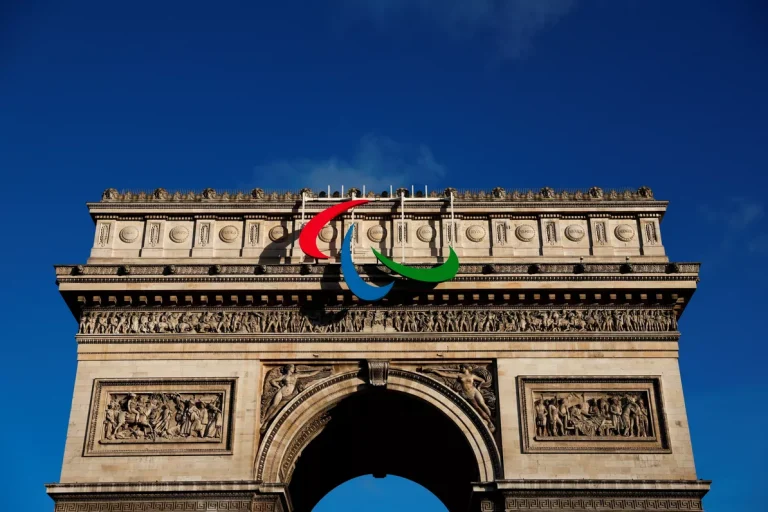Duration : 2h00
Difficulty : Easy
To get the summer off to a good start and – at last – get out into the fresh air and feel the sun on your face, we have just the thing – a history-packed itinerary along the River Seine and its canals. From the centre of Paris as far as Pantin, this is a journey where you never know what’s around the next bend, with seldom-heard stories aplenty.
Discover a very different face to the city, whether by traditional or electric Vélib’ – it’s up to you!

The islands and the River Seine
We begin our ride at the Quai de l’Horloge-Pont Neuf Vélib station, upon long-vanished islands in the river. The Pont Neuf was built upon these islands, the most famous of which was l’île aux juifs, where in 1314, Jacques de Molay, Grand Master of the Knights Templar was burned alive. He was reputed to have cursed both the Pope and the King of France as he died. / His family was also supposed to have been cursed.
Gladly leaving that slightly gruesome tale behind, let’s take a quick look round the square du Vert Galant, a tribute to King Henri IV whose equestrian statue looks down on us. From here we can cross the Île de la Cité, the political and religious centre of medieval Paris. Much from this time still remains, forming a highly-visible part of today’s urban landscape in the shape of the King’s Palace (now the Palais de Justice (the law courts)) and Notre-Dame cathedral.
Ile Saint-Louis has a more discreet, tranquil charm, glimpsed as we pass by its aging buildings. Next, we cross the Pont Marie to take to the quays.
To make the most of the quays, you can drop off your vélib’ at the Hôtel de Ville – Pont Marie station and take it easy under the plane trees that tower over the banks of the Seine.
With a little imagination, we can conjure up in our mind’s eye the Tour Barbeau tower on the wall of Philippe Augustus on the right bank. This was linked to the tour Saint-Bernard tower on the left bank by means of chains stretched across the river and connected to boats to prevent water-borne attacks.
The canal Saint Martin
Now we’ll go back up towards the place de la Bastille via the port de l’Arsenal.
This peaceful, lush green canal with its orderly lines of boats is located on a former section of the Seine’s riverbed which formed a meander that ran along the route of what are now some of Paris’ main boulevards. A marshy area resulted, which is where the district of Paris called the Marais (the swamp) gets its name. This marsh was drained in the 11thcentury.
Let’s catch our breath at the Bastille-Biscornet Vélib’ station, where we’ll find that the port de l’Arsenal is also where the canal Saint-Martin begins its underground journey, heading north beneath boulevard Richard Lenoir before surfacing near the rue du Faubourg-du-Temple.
The canal was sunk to a depth of 6 metres during Haussmann’s major public works program in order to make space for roads and to facilitate the movement of troops through rebellious working-class districts. The 11th arrondissement was very much a working-class area at the time!
If you know where to look, it’s possible to catch glimpses of the canal as it passes beneath your feet thanks to ventilation shafts that let air and light through.
It was during the reign of Napoleon Bonaparte that the canal Saint-Martin and the canal de l’Ourcq were linked up. The capital’s expansion saw growing demand for drinking water and other goods. This period also saw the construction of the famous Paris granaries, used to store the city’s grain reserves.
We continue on our way along the canal Saint-Martin, passing beside the hôpital Saint-Louis, founded by Henri IV to house the sick at a safe distance from the city during plagues and epidemics. In those days, this area was in the countryside! If we pay close attention, we’ll see that the canal passes between two hills, Montmartre and Belleville.
A little after the Hôtel du Nord, (made famous by a novel and a 1938 film adaptation by Marcel Carné), there used to be a gallows and gibbet, the gibet de Montfaucon. In use from the Middle Ages to the 17th century with a ‘hanging capacity’ of 50 people, it was the main gallows of the Kings of France. There must have been a sinister feel to this place, complete with great flocks of crows.
Is that a few snatches of ‘La ballade des pendus’ (the ballad of the hanged) by François Villon that we can hear?
The ride goes on and we reach the city limits of 18th century Paris – la Rotonde de la Villette – sited just opposite the basin which connects the canal Saint-Martin with the canal de l’Ourcq.
Before continuing your journey along the canal de l’Ourcq, the basin is the perfect place for a spot of sunbathing or a game of French bowls or ping-pong. Just leave your vélib’ at the Euryale Dehaynin – Loire Vélib station and pick either a café terrace by the water’s edge or one of the areas given over to various games underneath the shade of the trees.
The canal de l’Ourcq
Fed by the waters of the Marne River, the canal de l’Ourcq has changed substantially since its creation. Barges carrying bulk commodities towards Paris’ ports have been replaced by river cruises. The old industrial zone (sugar refineries, granaries, coal) has been converted to office space and more modern buildings. Traces remain of the abattoirs at la Villette including the Grande Halle de la Villette (the main slaughterhouse), la Fontaine aux Lions and other individual buildings, as well as new additions like the Cité des Sciences et de l’industrie, the park and the Philharmonie de Paris concert hall complex…
Here we are at Pantin – it’s time to catch our breath, it’s been a pretty demanding journey. The Grands Moulins de Pantin make for a really imposing sight. Built in 1884 at the junction of the canal and the railway network, these industrial mills produced 190,000 tonnes of flour each year, keeping the capital fed. They have now been converted into commercial property and house offices belonging to BNP Paribas. Although their purpose has changed, they continue to exert real visual appeal, lending the area a certain historical continuity.
We leave our Vélibs behind for the last time at the Quai de l’Aisne – Général Leclerc station.
P.S.: for the more sporty amongst you, you can continue your journey along the long cycle path that runs by the canal towards Bobigny and the parc de Sevran.
Station Bobigny: Anatole France – Jean Lolive


